|
||||||||||||||||||||||||||||||||||||||||||||||||||||||||||||
|
|
||||||||||||||||||||||||||||||||||||||||||||||||||||||||||||
|
||||||||||||||||||||||||||||||||||||||||||||||||||||||||||||
|
|
||||||||||||||||||||||||||||||||||||||||||||||||||||||||||||
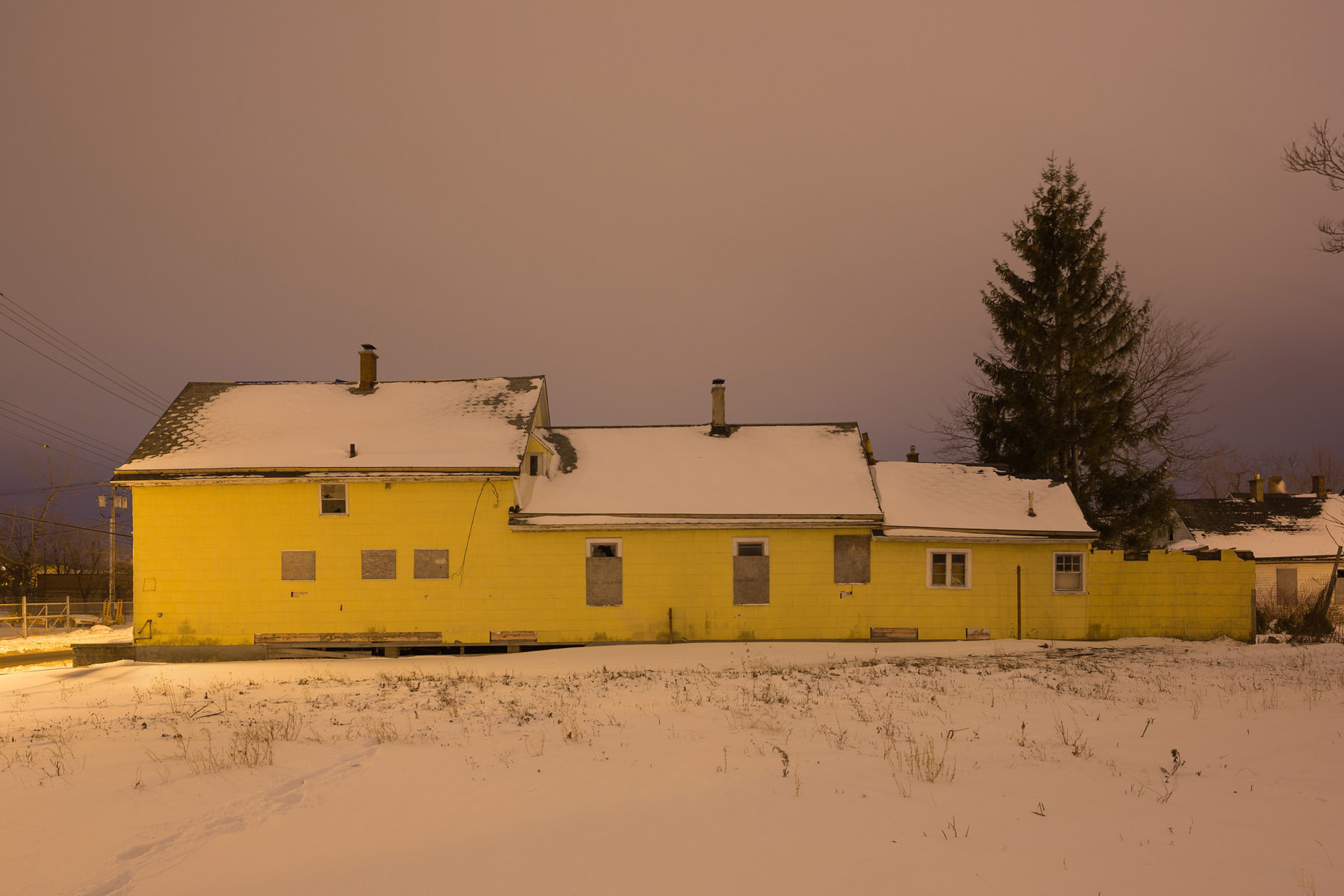
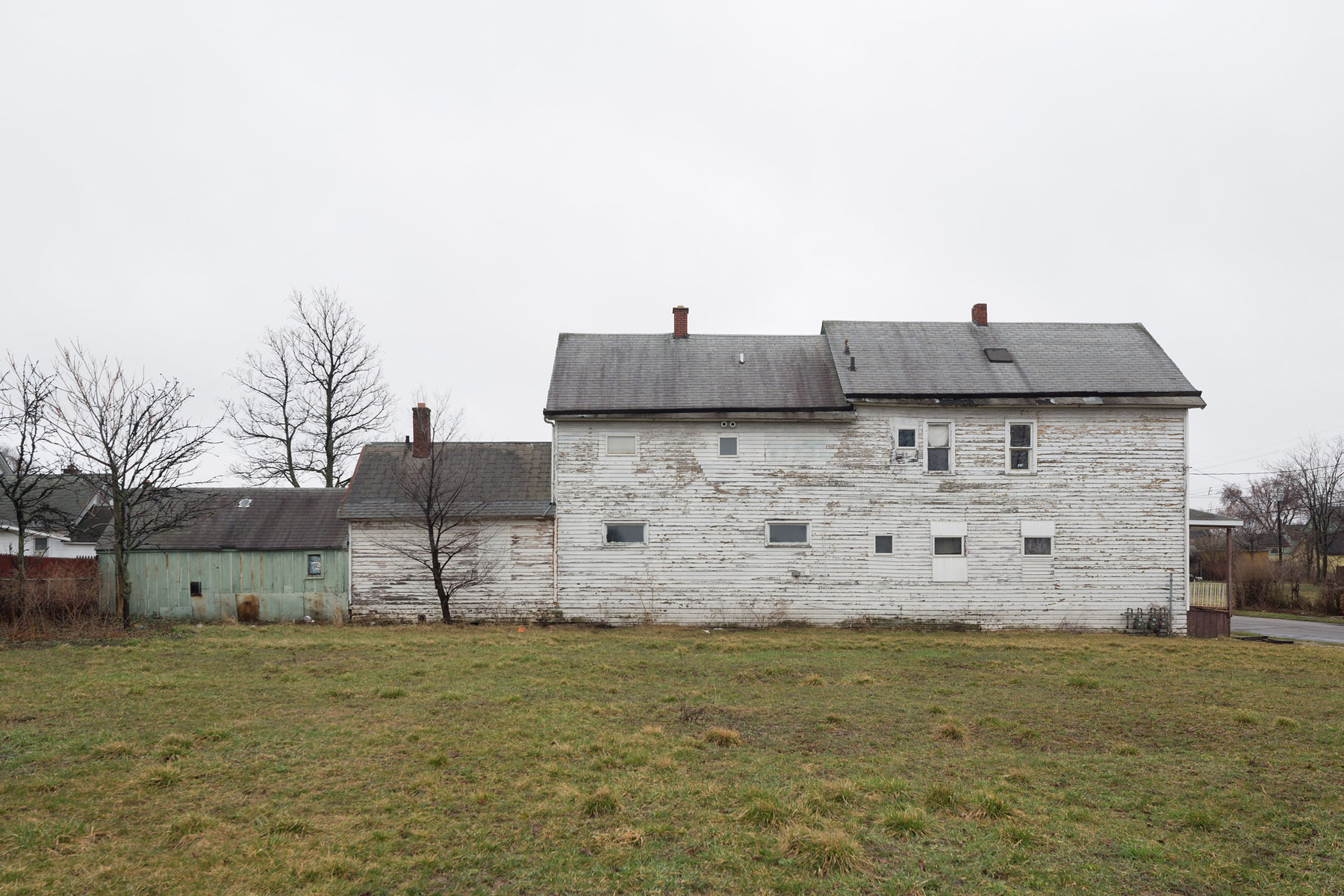

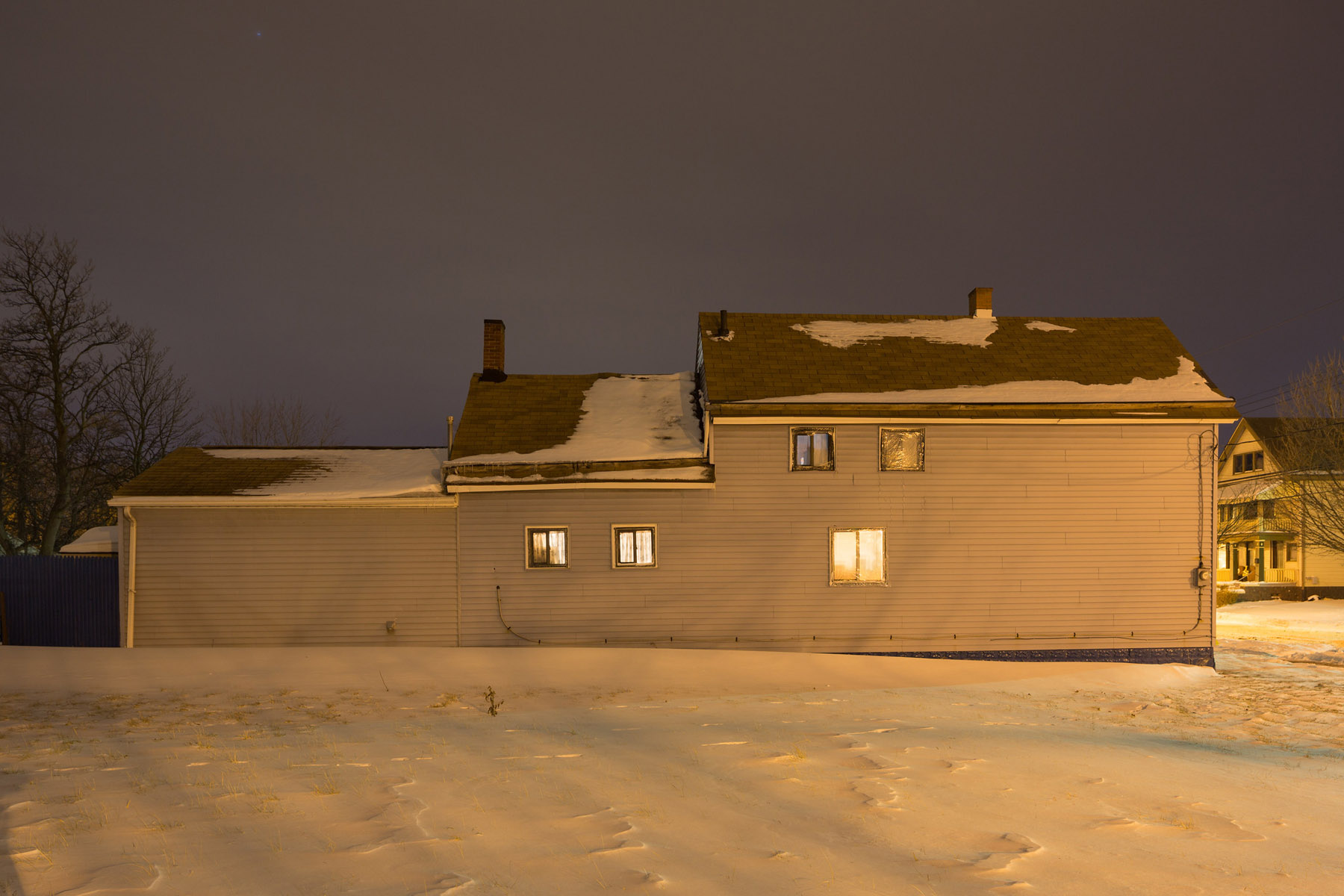
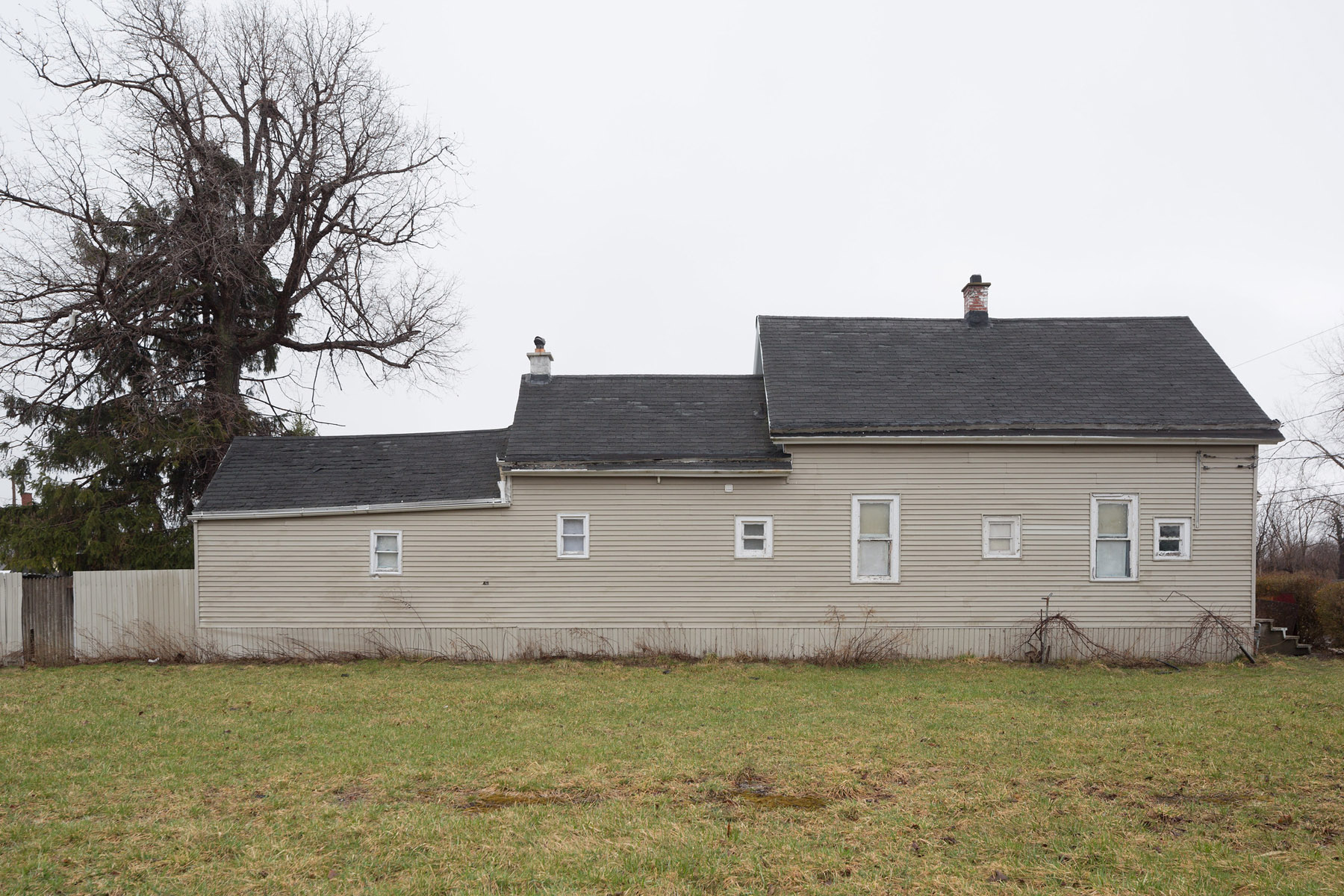

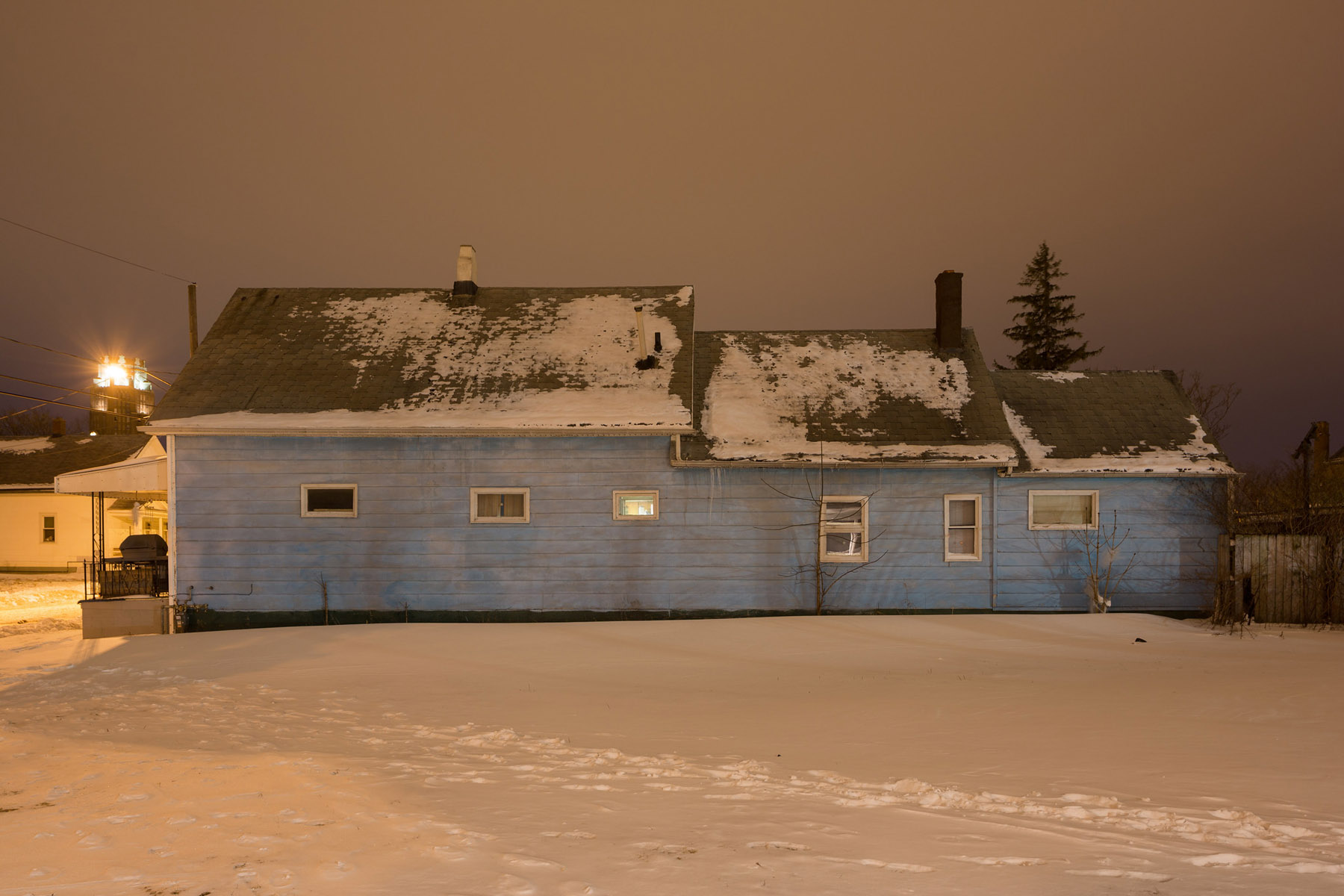
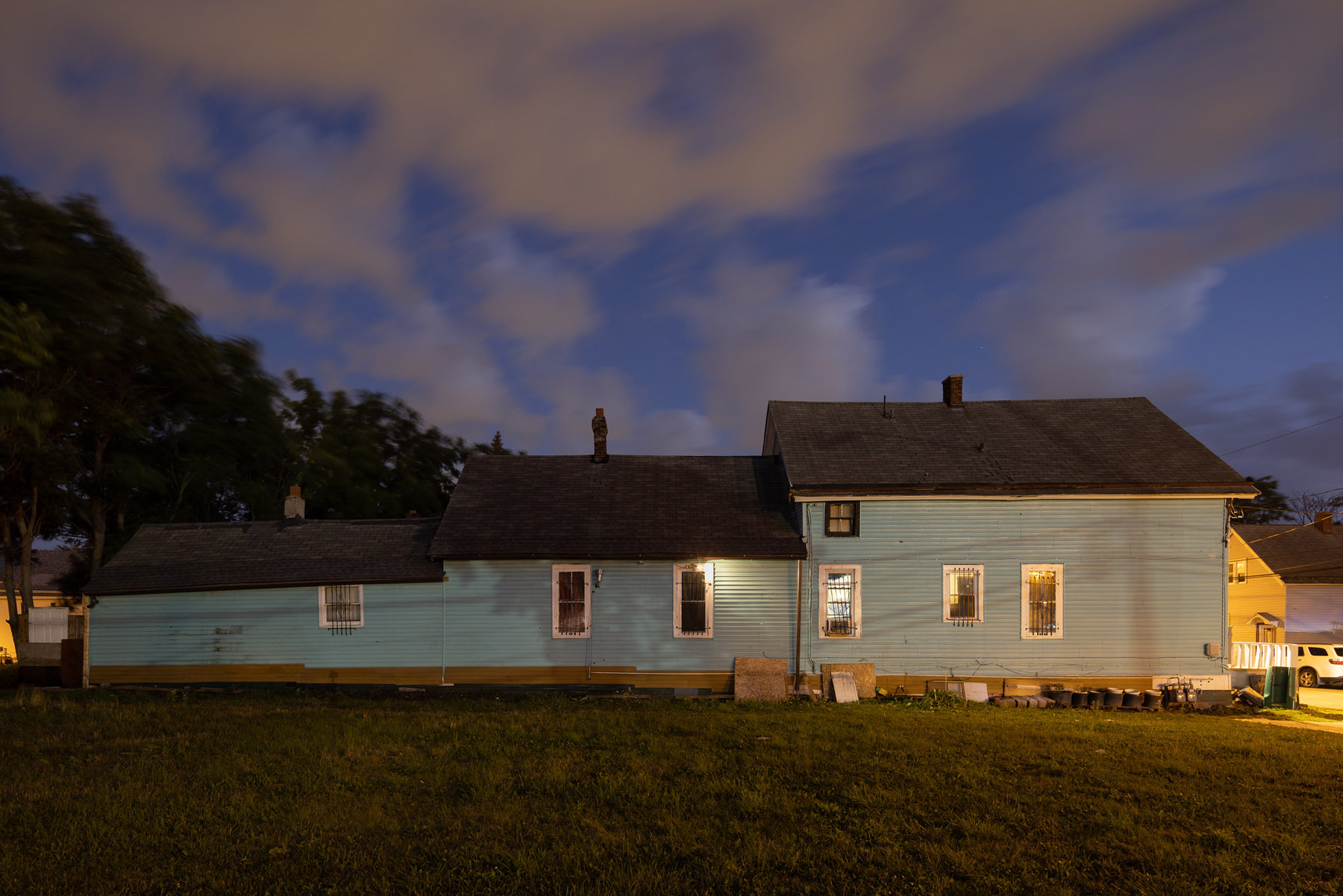
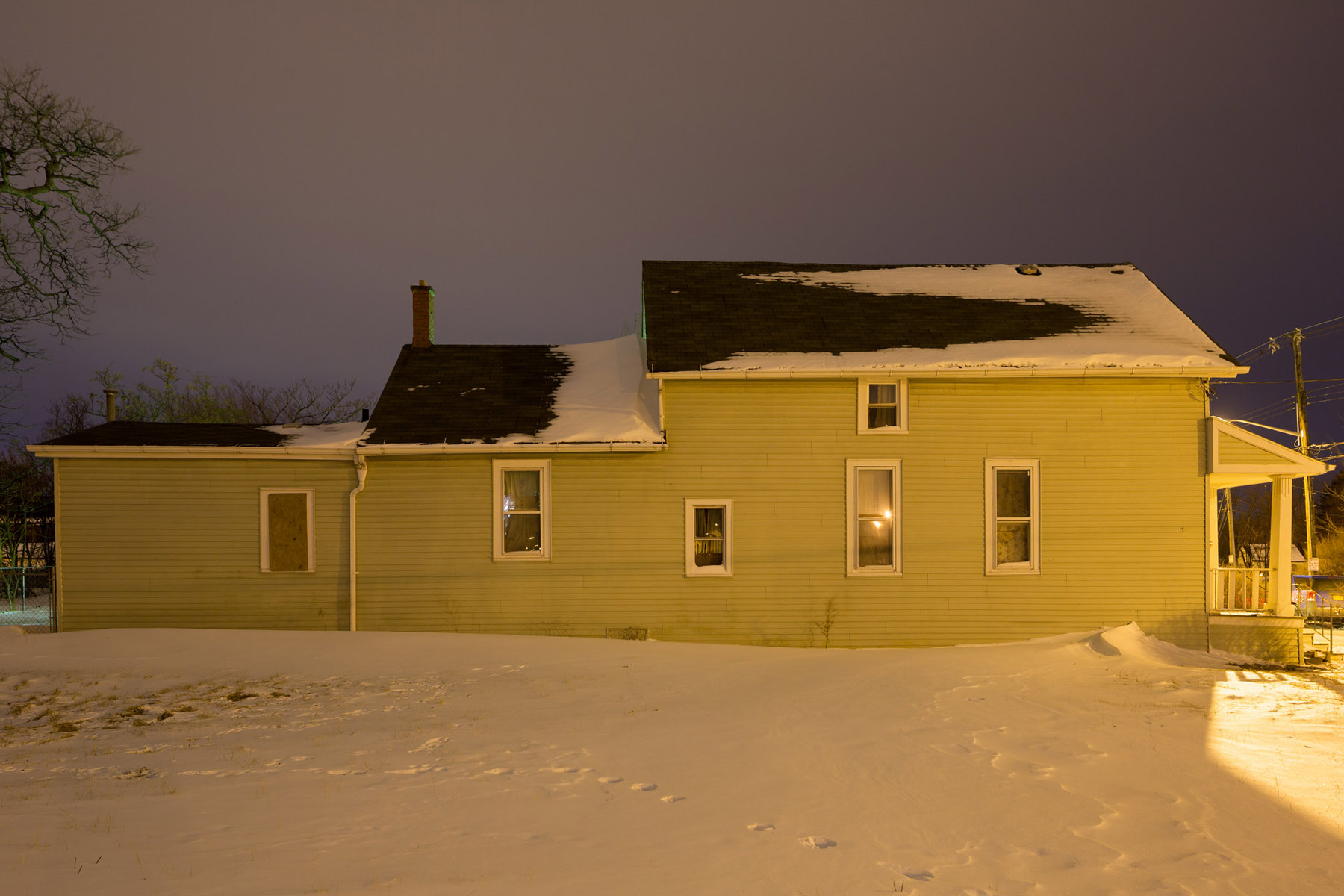
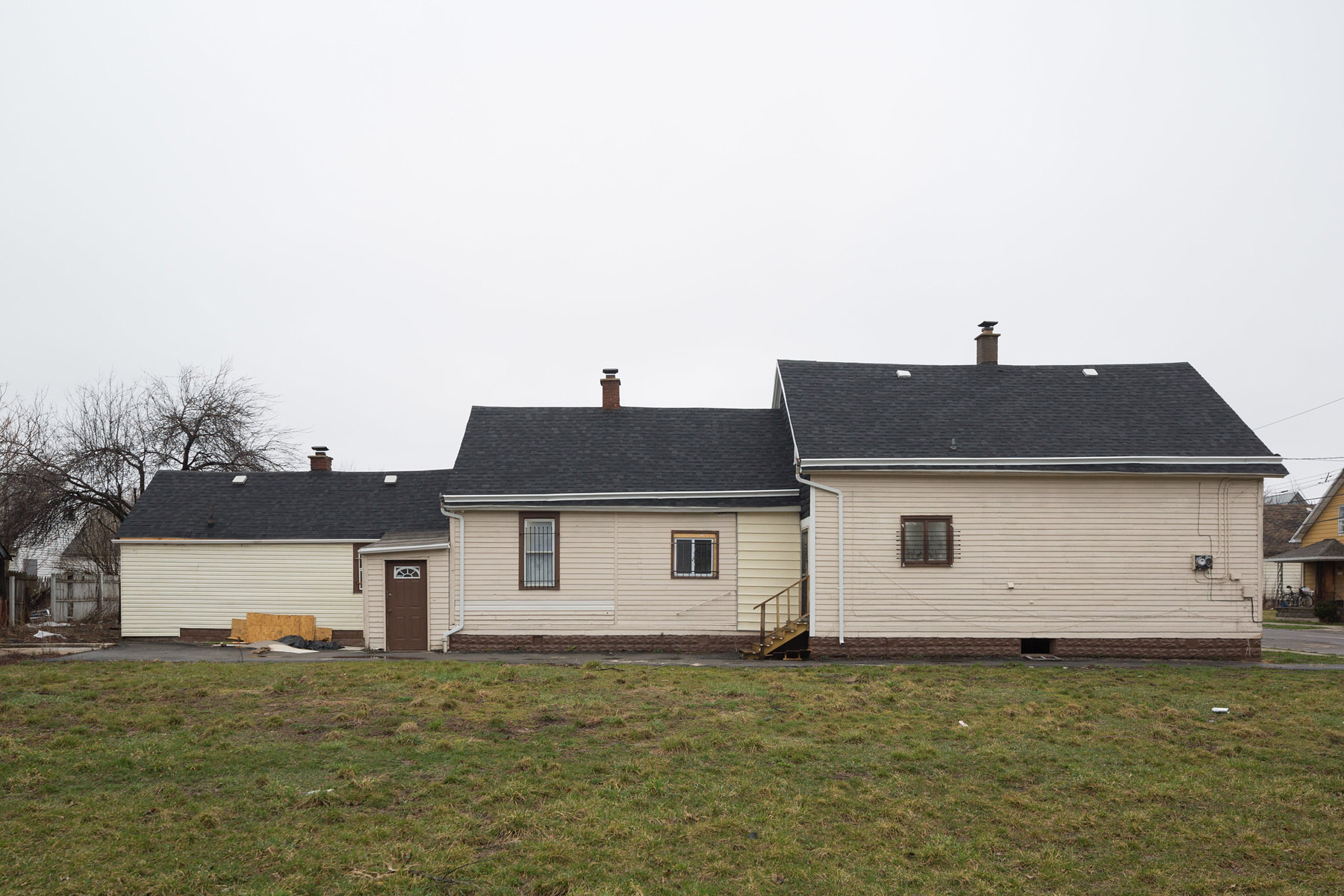
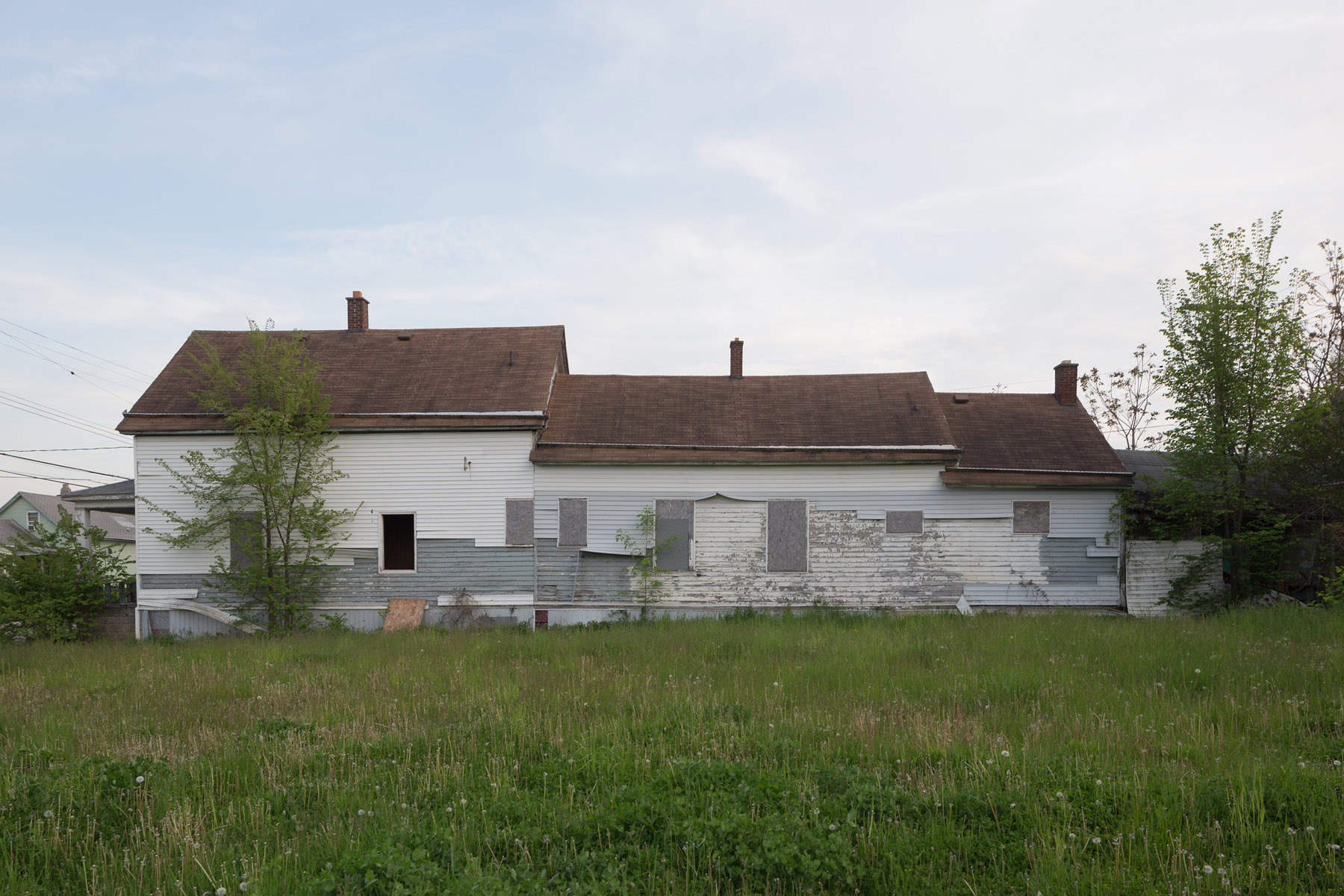
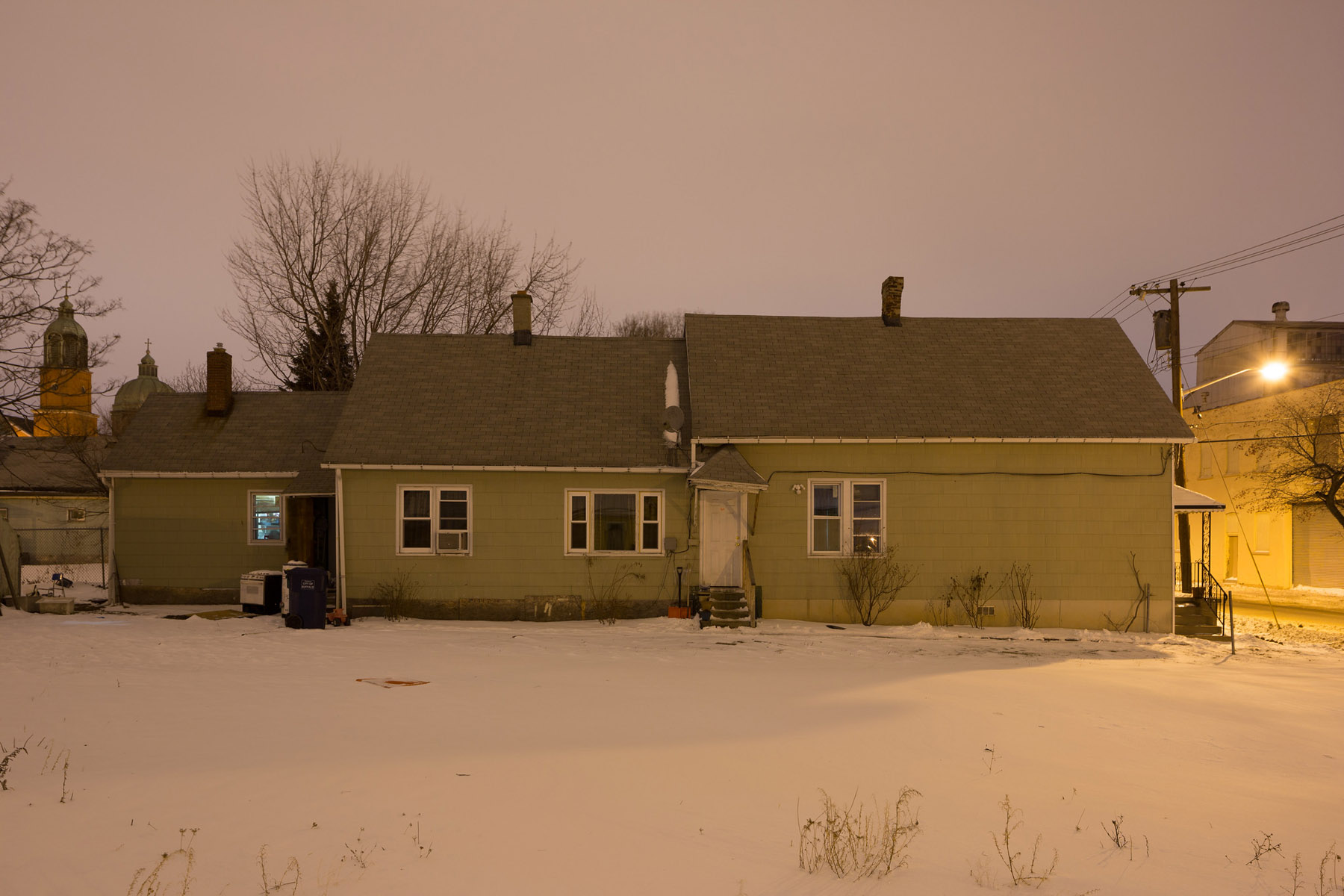
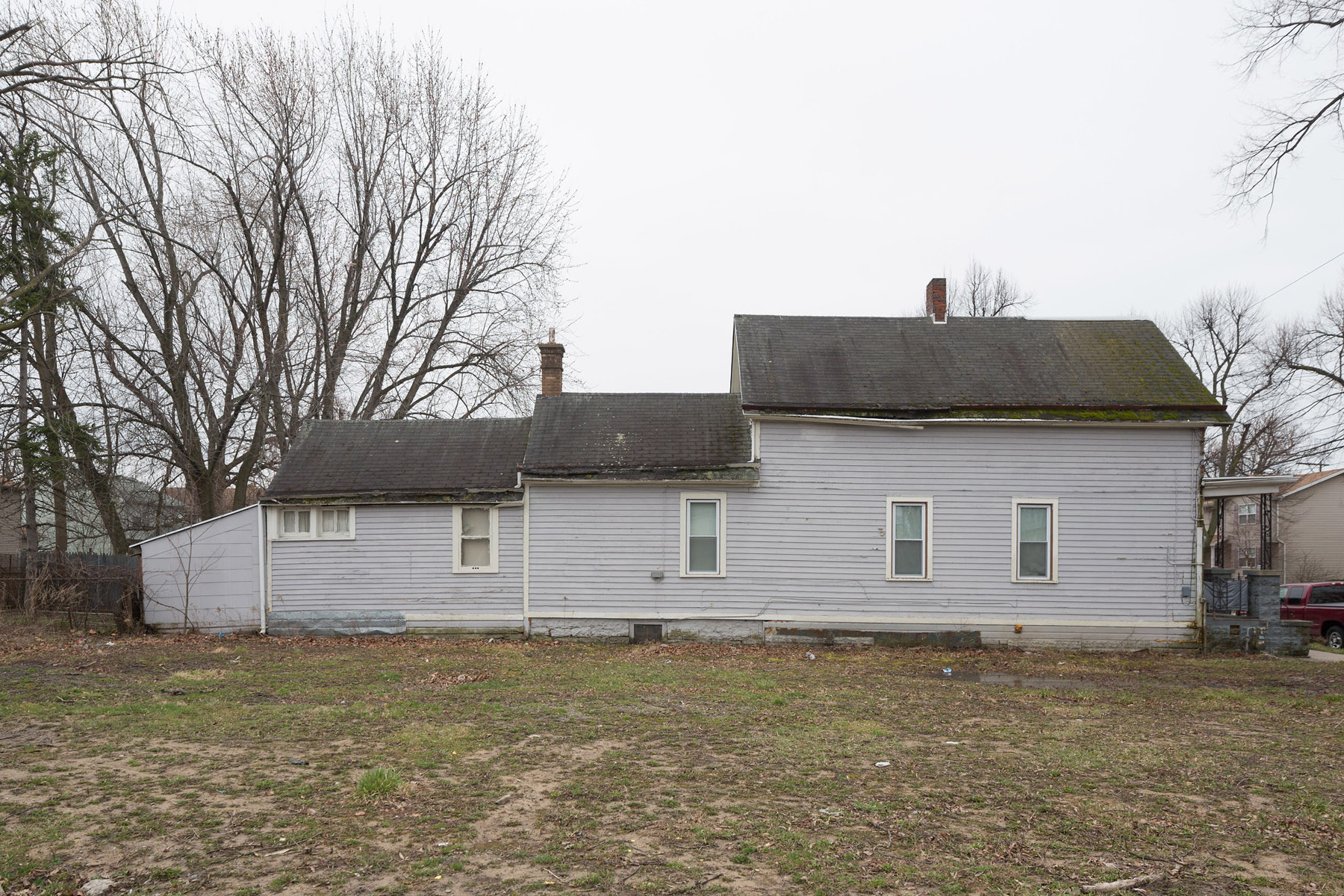
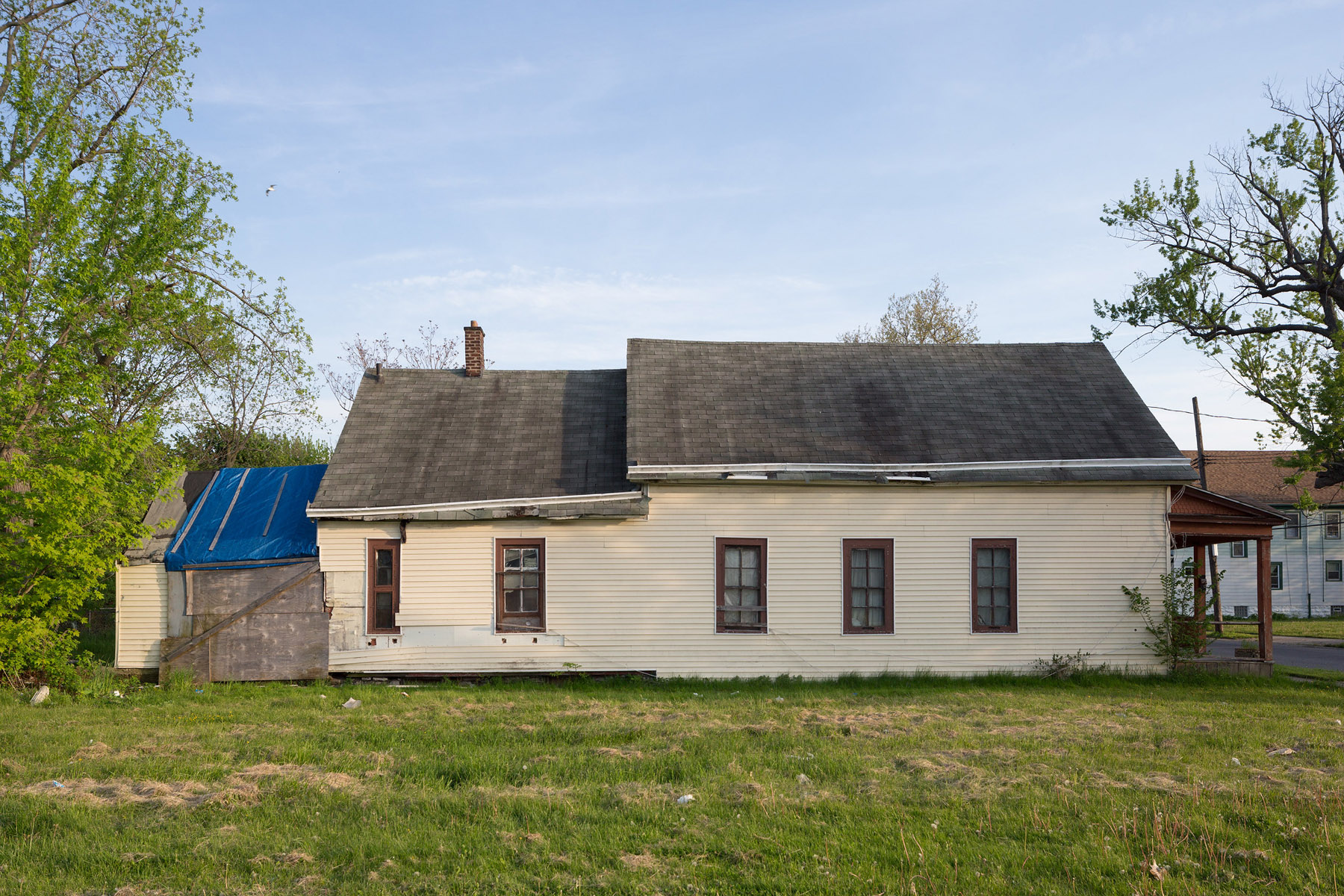
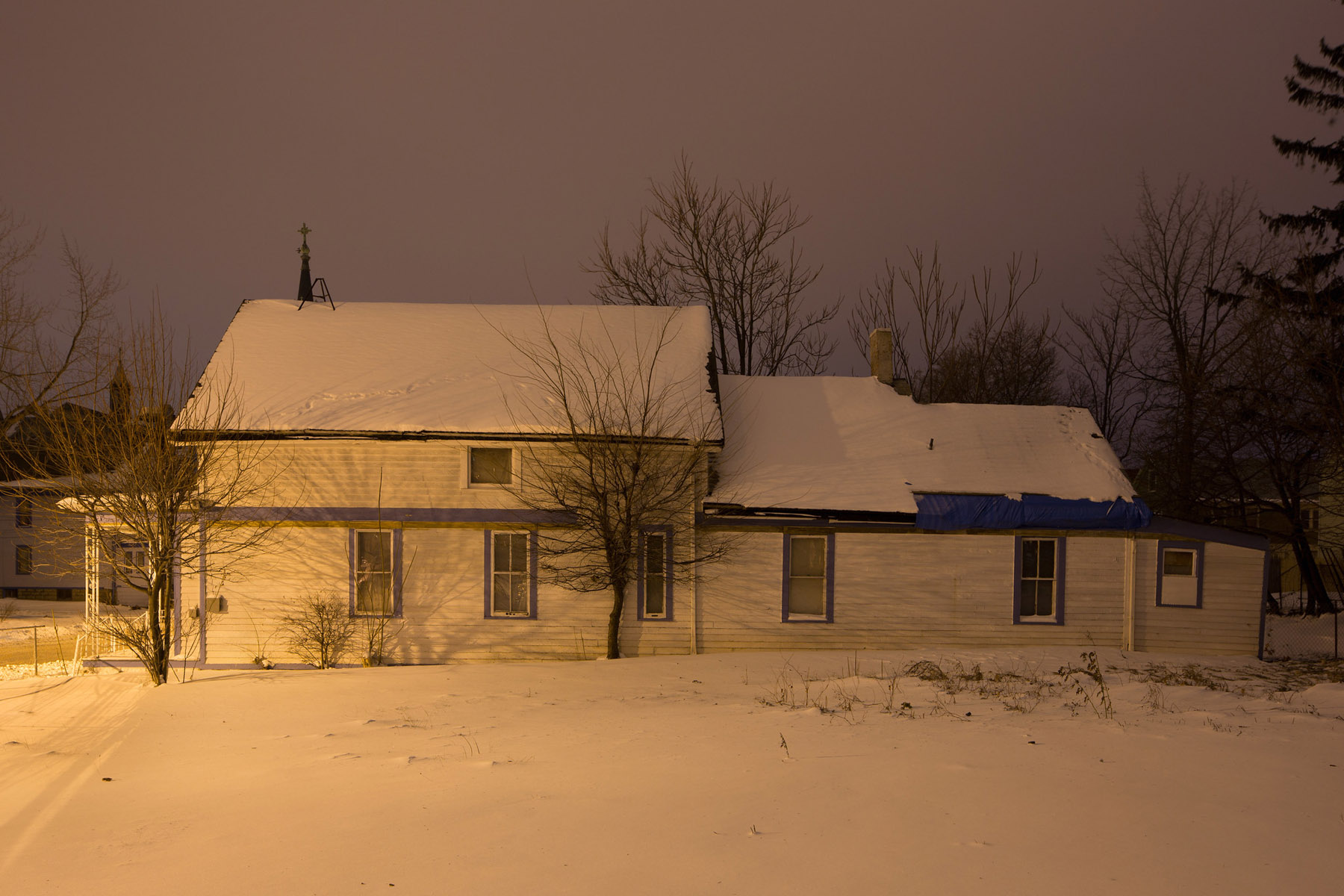

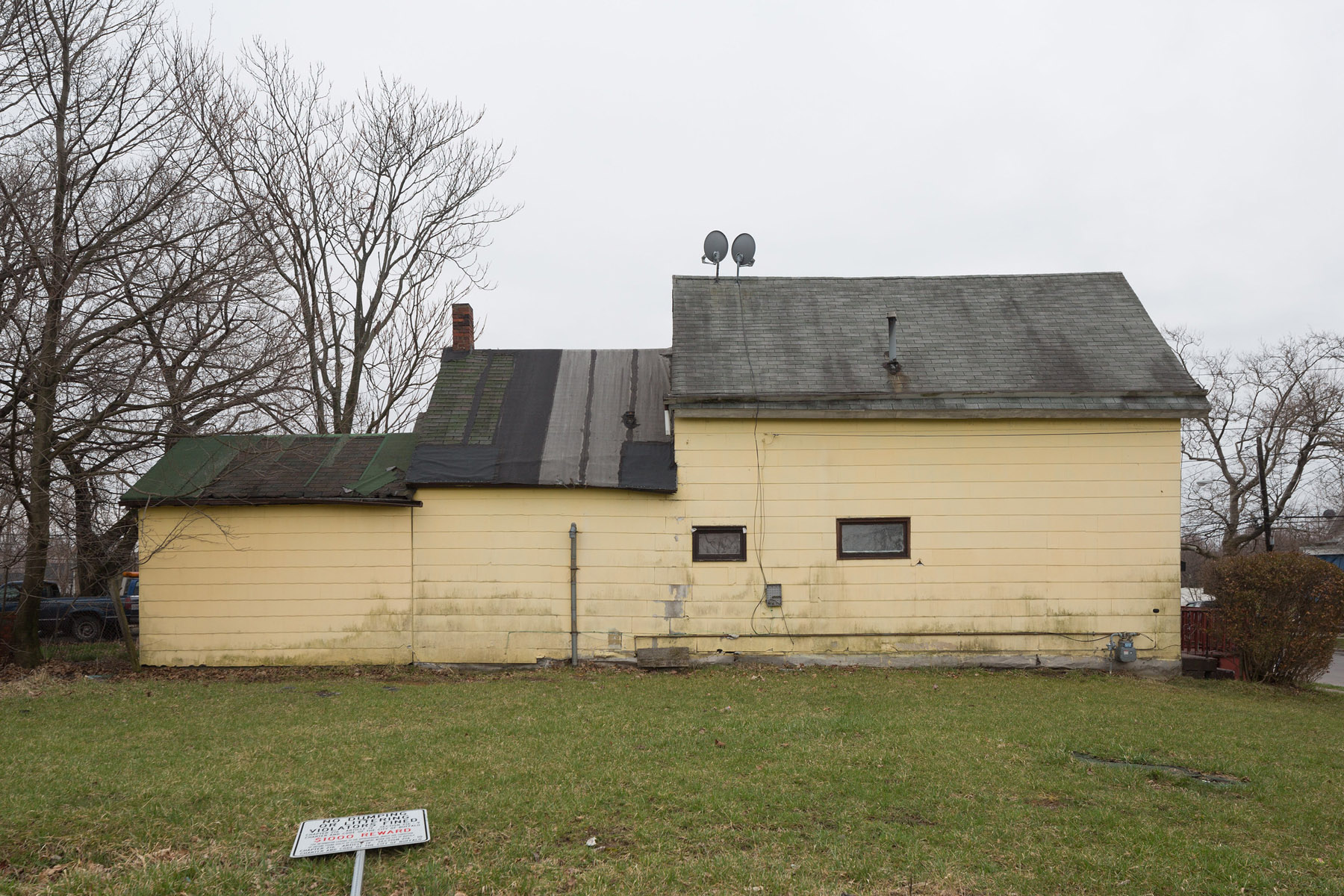
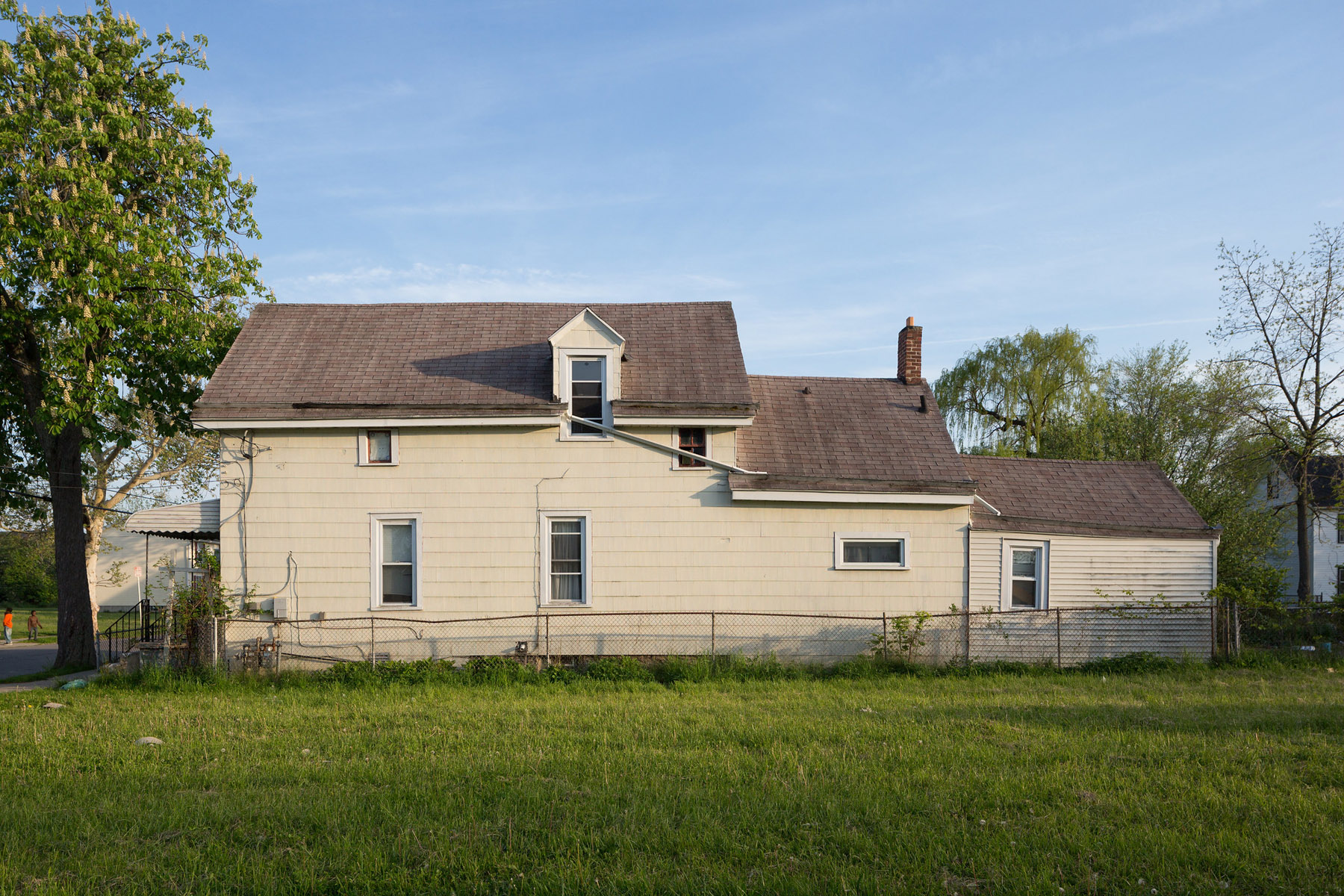
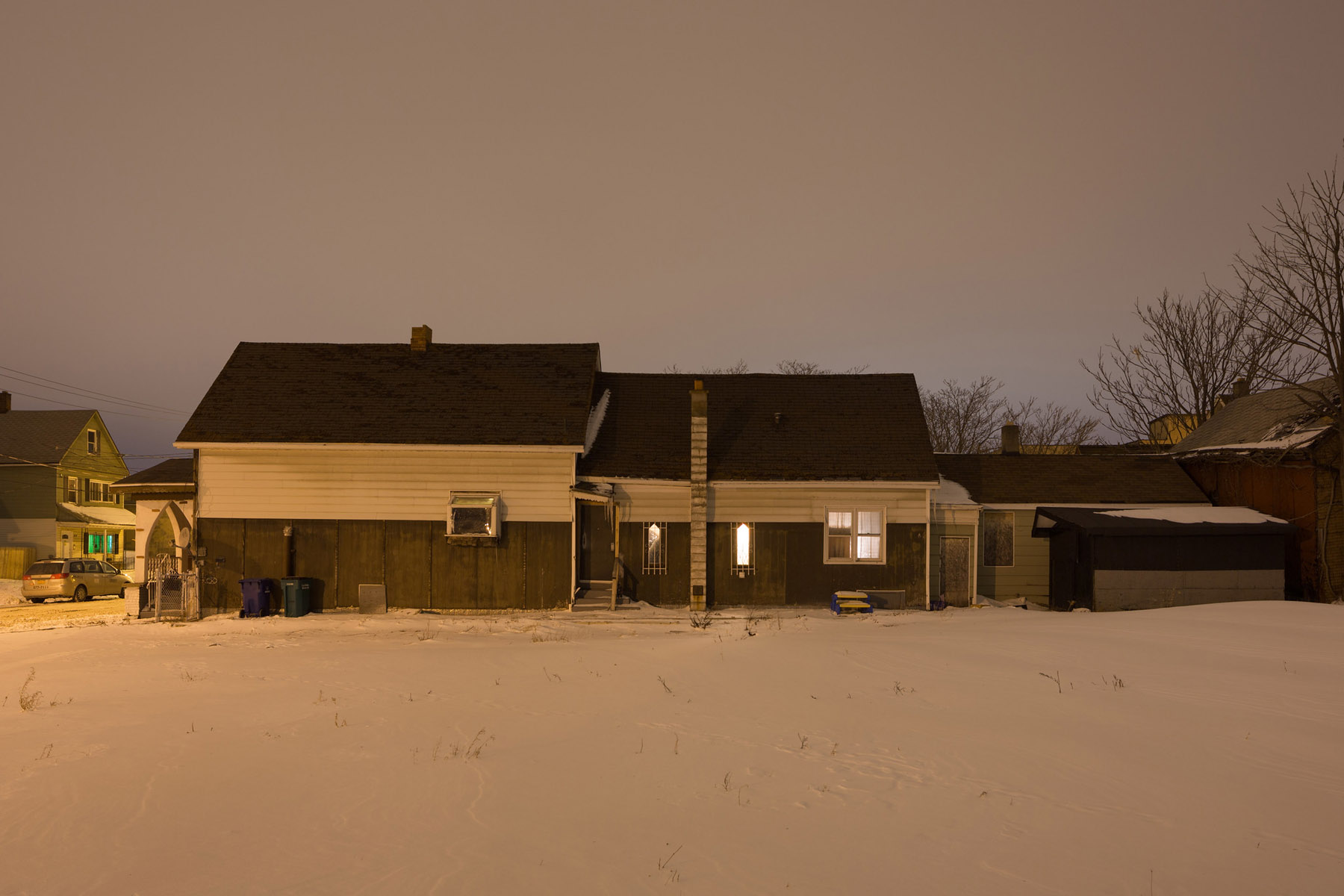

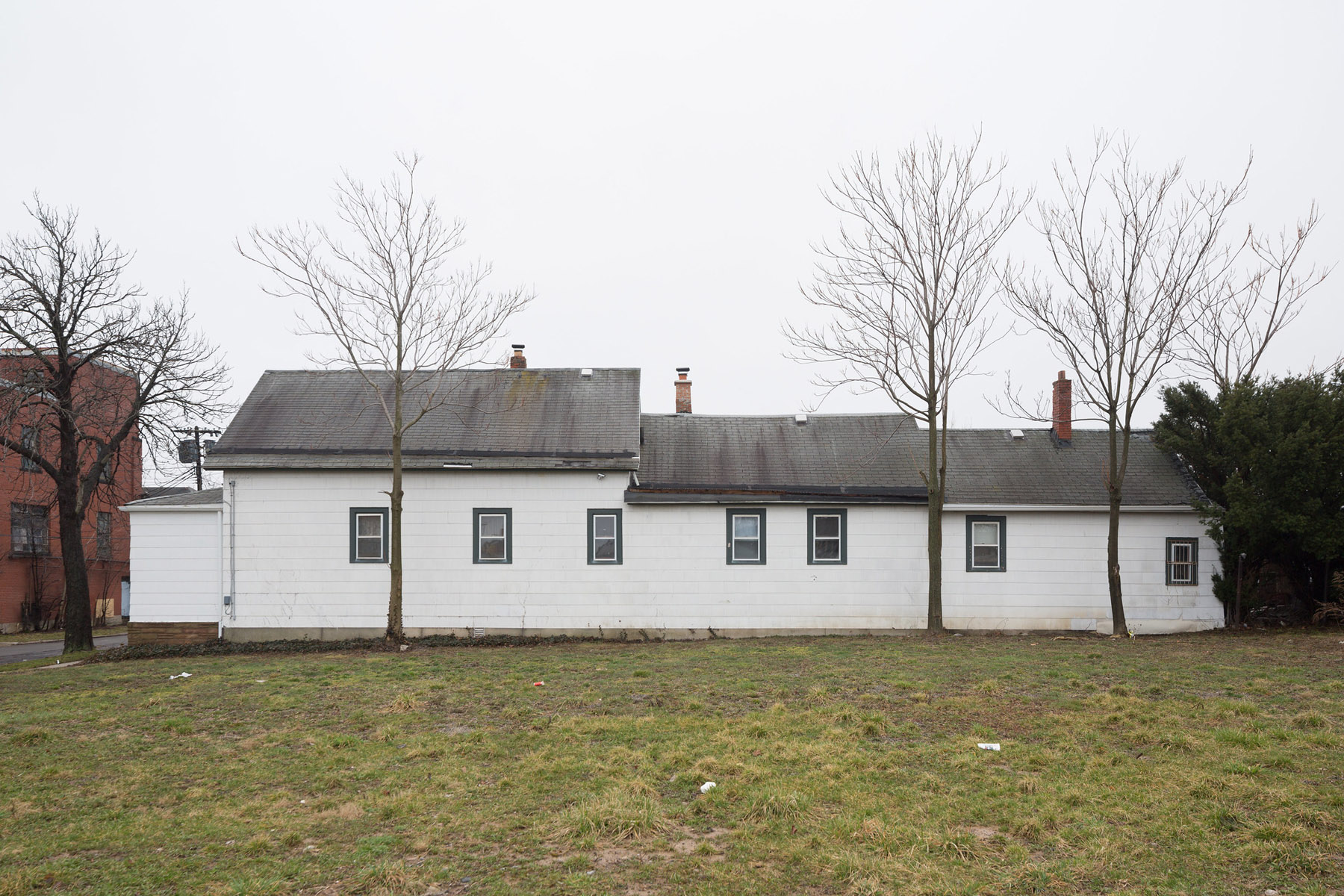
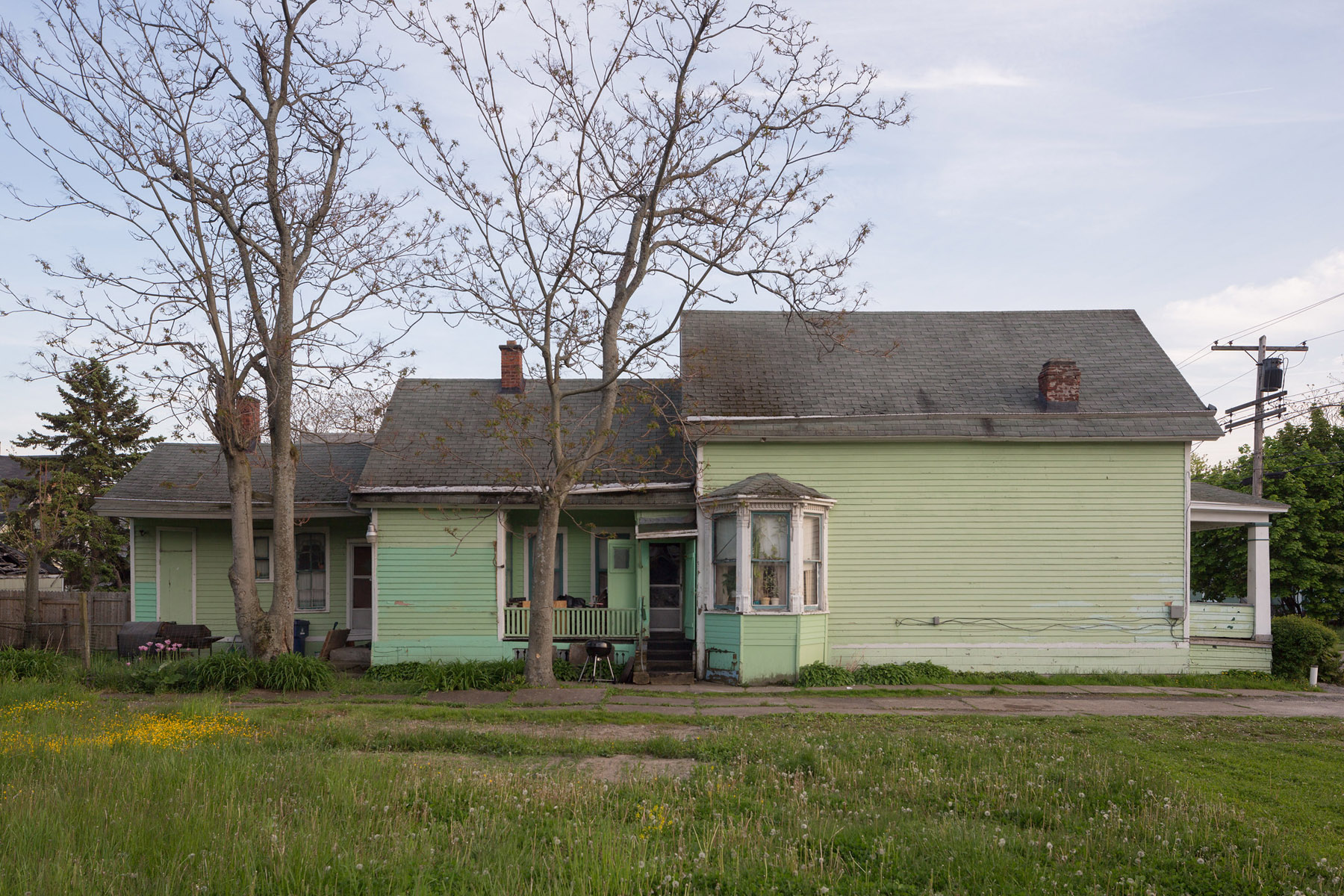
|
Buffalo, New York has a remarkable collection of great buildings from its late 19th and early 20th century expansion: monumental buildings designed by the likes of Louis Sullivan, Fellheimer & Wagner, and, later, Frank Lloyd Wright. Many of these architects were the period's leading designers, outsiders from Chicago and New York City hired to announce the arrival of this forward-looking city at the connection of Lake Erie and the Erie Canal. These noteworthy buildings and the grain elevators that made them possible have been thoroughly documented and praised, but another, vernacular building type has been all but ignored: the Buffalo telescope house. Telescope houses were also products of the city's rapid development and designed – at least initially – by outsider designers and architects. Often started as wood frame worker's cottages, the buildings were typically produced from designs in pattern books or other standardized development tools by German and Polish immigrants or the companies that employed them. But they did not stay as designed for long. The combination of small residences, narrow but deep lots, growing families, and limited resources led to a distinctive expansion pattern: buildings that were enlarged through rear additions that incrementally reduce in scale. The result is houses that seemingly could be collapsed into themselves like a telescope or "spyglass." The old joke is that every time the family had another child, the family would tack another room on the end of the house. When the extensions weren't bedrooms, they were kitchens, workrooms, and even separate apartments. Of course, telescope houses are not only located on Buffalo's East Side, or even in Buffalo. Such houses are a building tradition dating back at least to the early 1800s, but they are so concentrated on the city's East Side that they are the predominant building type on many blocks. While Buffalo is undergoing a concentrated resurgence, the common maladies of Northeastern and Midwestern American cities, including deindustrialization, white flight, and limited social services, continue to linger on the East Side. These problems are plainly visible in the built environment. Once dense streets are full of derelict lots, and small fields now flank many of the deep houses. The resulting wide-open views make the special design of Buffalo's telescope houses visible, but they also reveal the tenuous condition of many of the buildings – and the neighborhoods as a whole. How they and their occupants will weather the city's future is unclear. |
An exhibition of the entire Telescope Houses of Buffalo, New York showed at The Fargo House gallery in Buffalo, New York. Read more about the exhibition and the project in an interview with David in The Public. The series additionally exhibited at pinkcomma gallery in Boston, Massachusetts, and featured in Satellite Magazine and in ArchDaily. Prints from the series are available directly from David. |
COPYRIGHT © 2003-2025 DAVID SCHALLIOL |
|